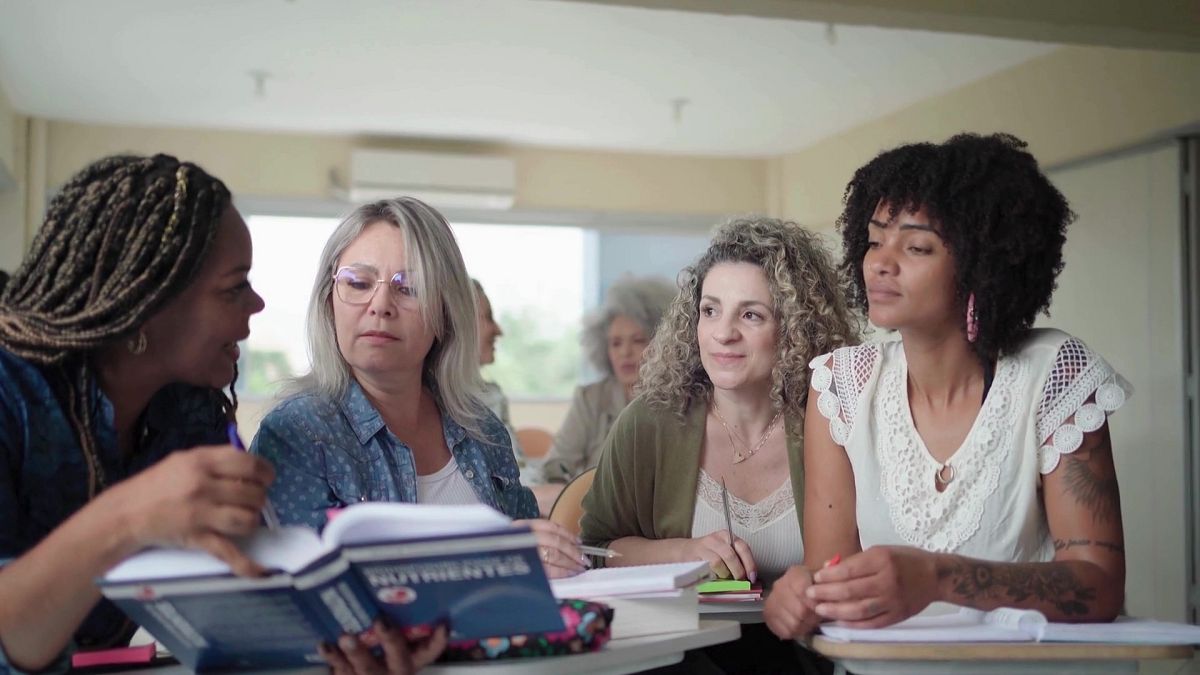Published on
As artificial intelligence (AI) reshapes the world at breakneck speed, economists have raised concerns over women and girls being left behind.
Women are both underrepresented and misrepresented in the datasets that train AI systems and even fewer are involved in designing them.
They are also at a higher risk of losing their jobs than men.
A report published earlier this year by the United Nations’ International Labour Organisation (ILO) and Poland’s National Research Institute of the Ministry of Digital Affairs (NASK) found that AI could replace just under 10 per cent of female-dominated positions in high-income countries, compared to the 3.5 per cent it could replace for men.
Experts have urged governments, employees, and workers’ organisations to shape “inclusive strategies” that could help protect job quality and productivity in endangered fields.
To tackle this gender inequality in AI, the UN Entity for Gender Equality and the Empowerment of Women (UN Women) is bringing women back into the classroom with an “AI school” it launched earlier this year.
The online programme is designed to help entrepreneurs, academics, “feminist leaders,” climate justice activists, and other professionals in Asia and the Pacific region learn to use AI for social change, advocacy, and decision-making.
“The AI School came out from that urgent need … to do something about the evolution of AI and to make sure that women and girls are not left behind,” said Emad Karim, the AI School’s founder.
According to UN Women, there is a gender gap in AI knowledge and representation.
Additionally, nearly half of the 133 AI systems the agency analysed exhibited gender bias, which may perpetuate traditional gender roles or stereotypes.
There is also male influence in the design of AI systems, as most AI engineers are men, Karim said.
“Women and girls are almost invisible in this sector,” Karim said.
Building AI literacy
Karim advises women to become “AI literate”.
“This is the new literacy. Know the models, the strengths, the risks. We shouldn’t trust AI blindly, nor reject it outright,” he said.
The AI School’s curriculum covers everything from AI fundamentals to ethics to practical topics such as prompt engineering.
The goal, Karim said, is also to prepare women for a shifting job market where AI is expected to displace or eliminate some jobs and play a bigger role in others
“The future of AI depends on us, on whether we design it for equality, justice, and dignity, or let it widen the gaps we’re trying to close,” he said.
The UN is not the only group working on this issue. In 2020, the European Commission launched the Girls Go Circular programme, which aims to give 50,000 schoolgirls digital and leadership skills.
But the challenges may be too large for initiatives like these to close the AI gender gap alone, and some advocates believe companies should do the heavy lifting.
For more on this story, watch the video in the media player above.
Video editor • Roselyne Min

